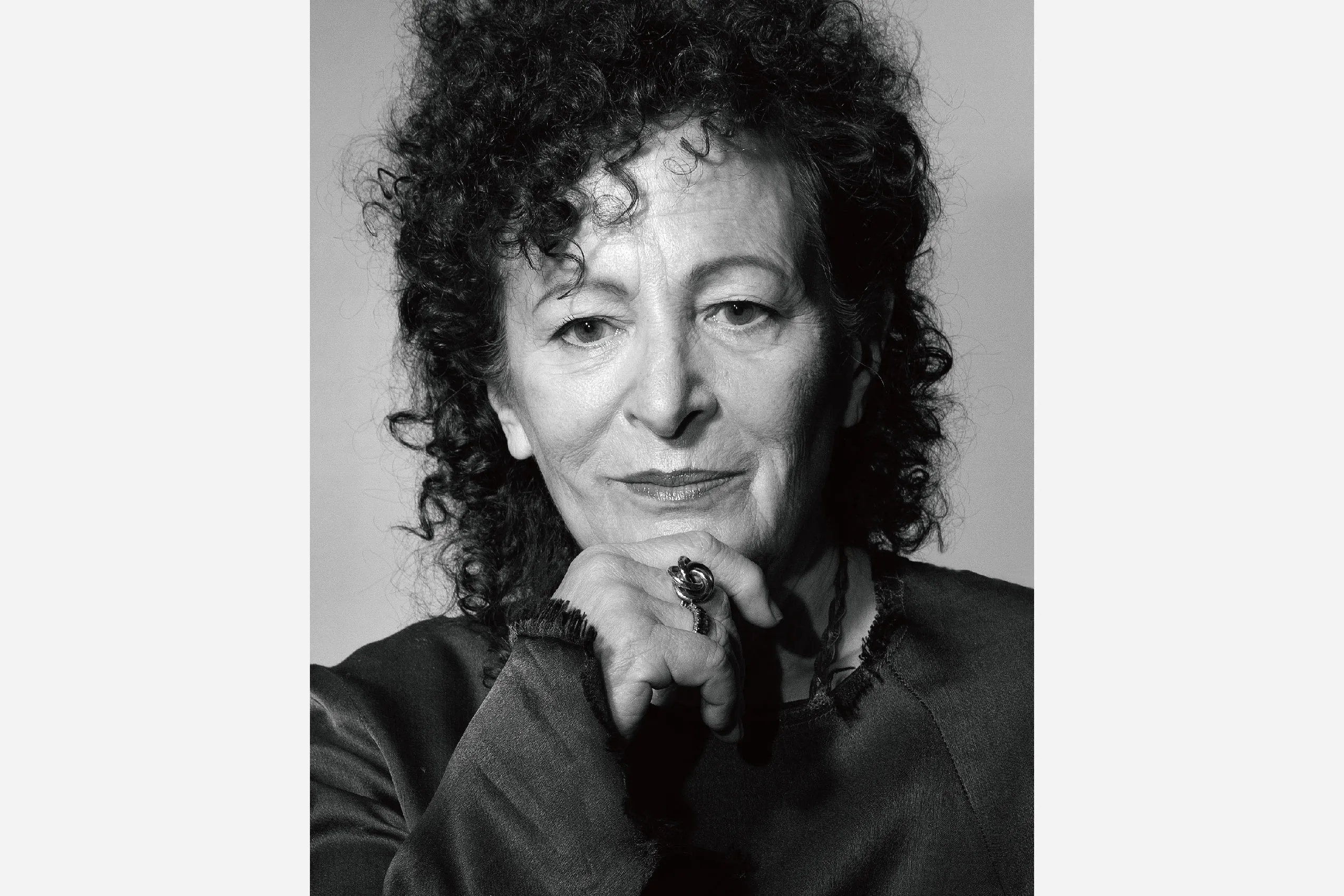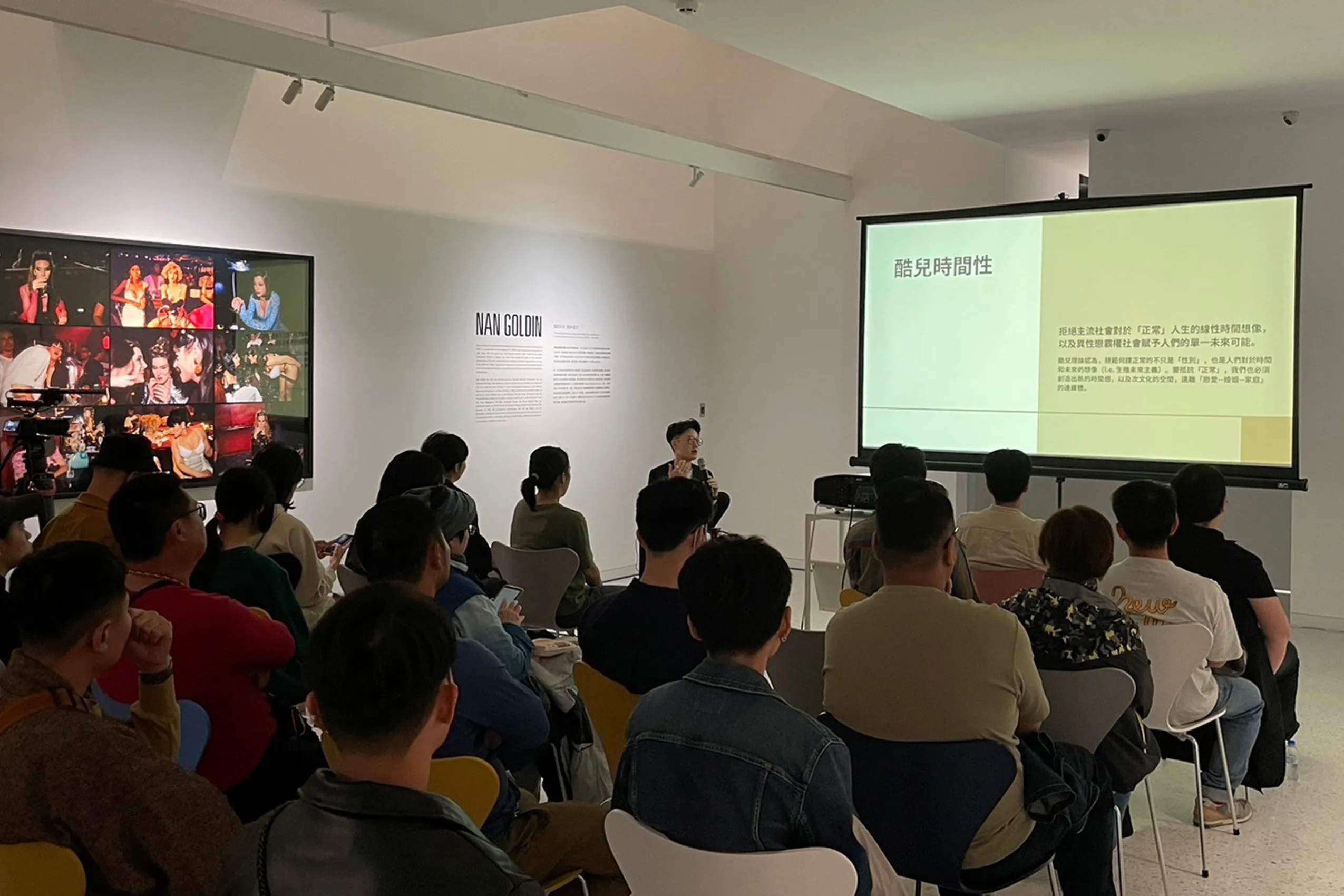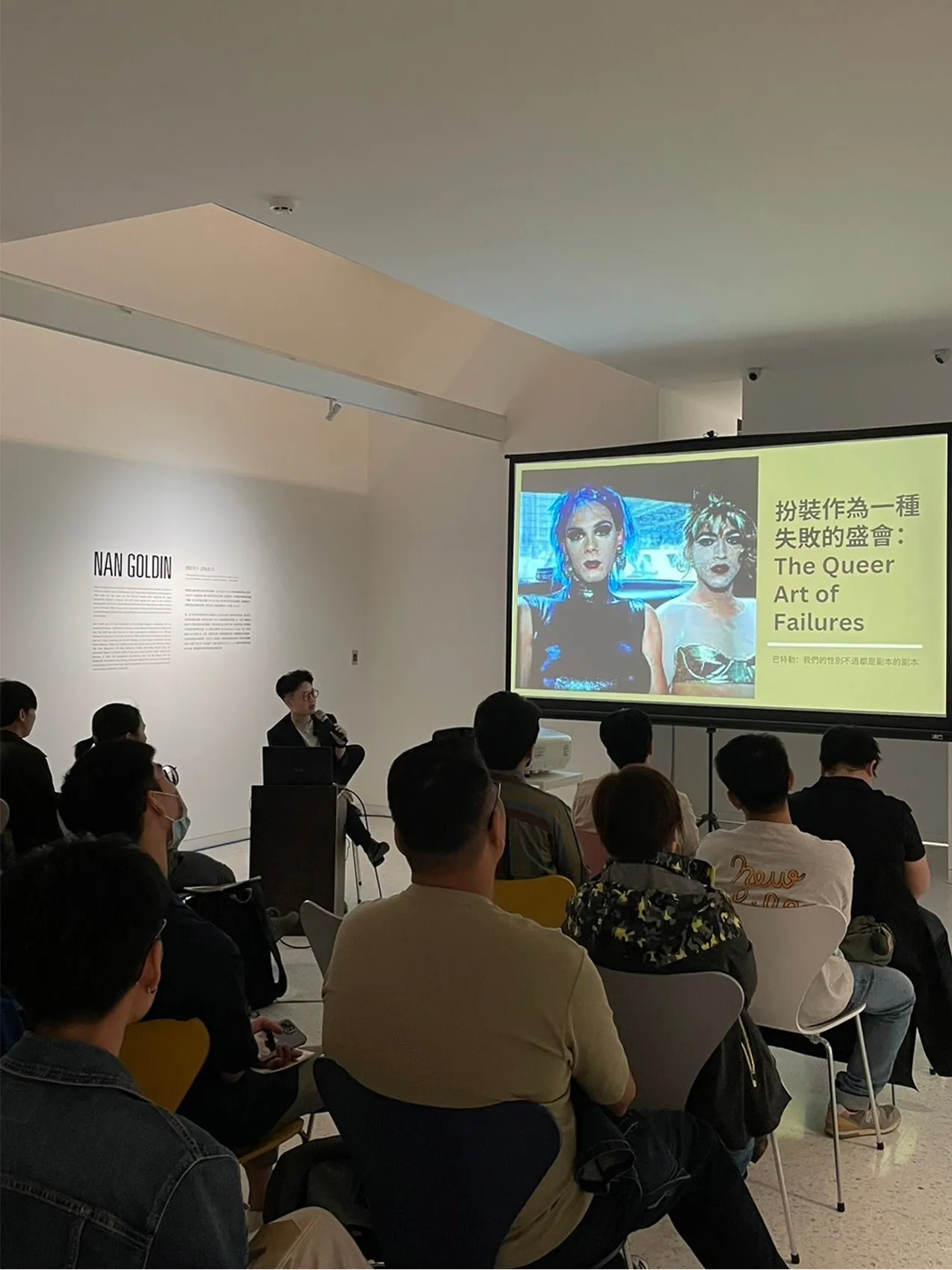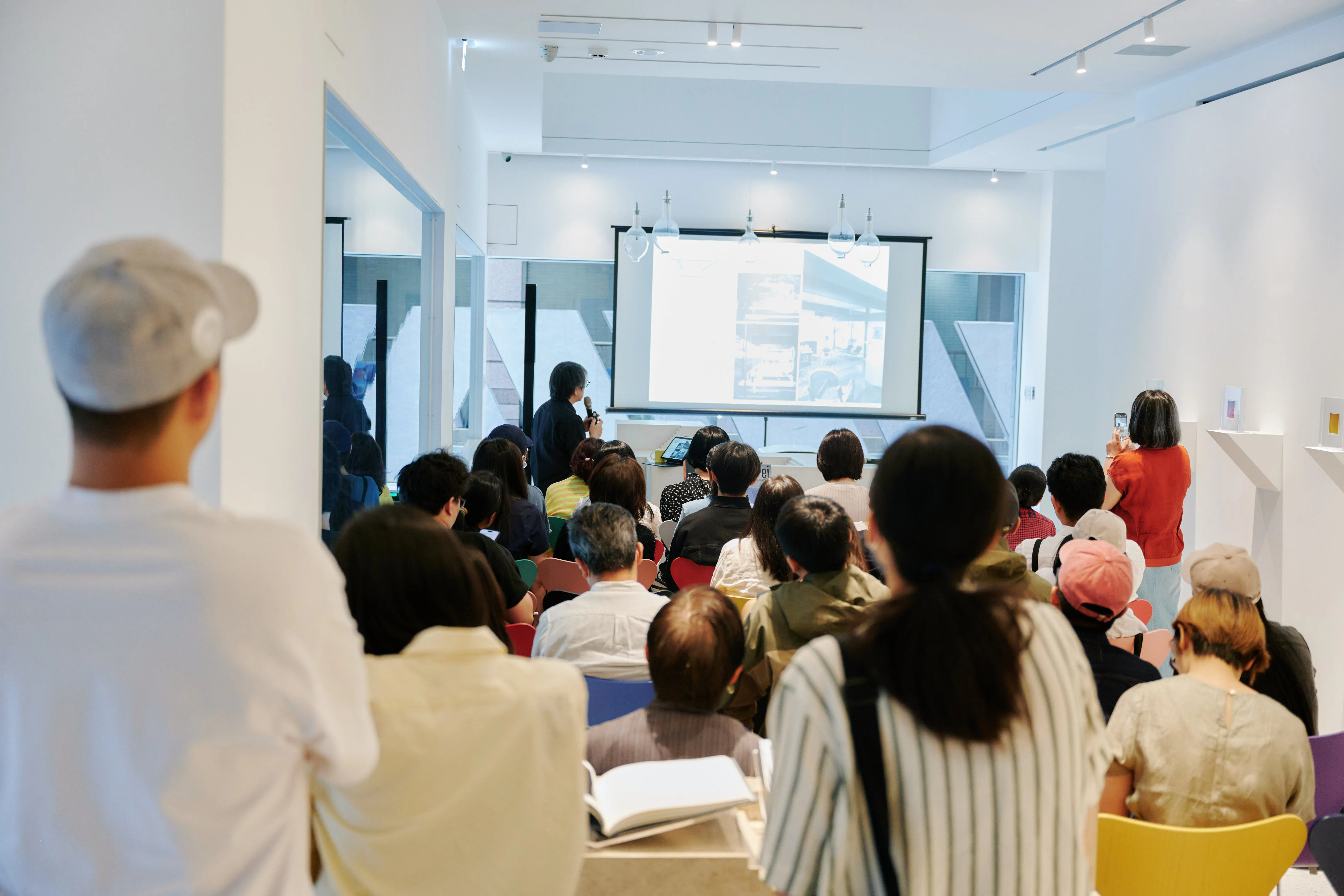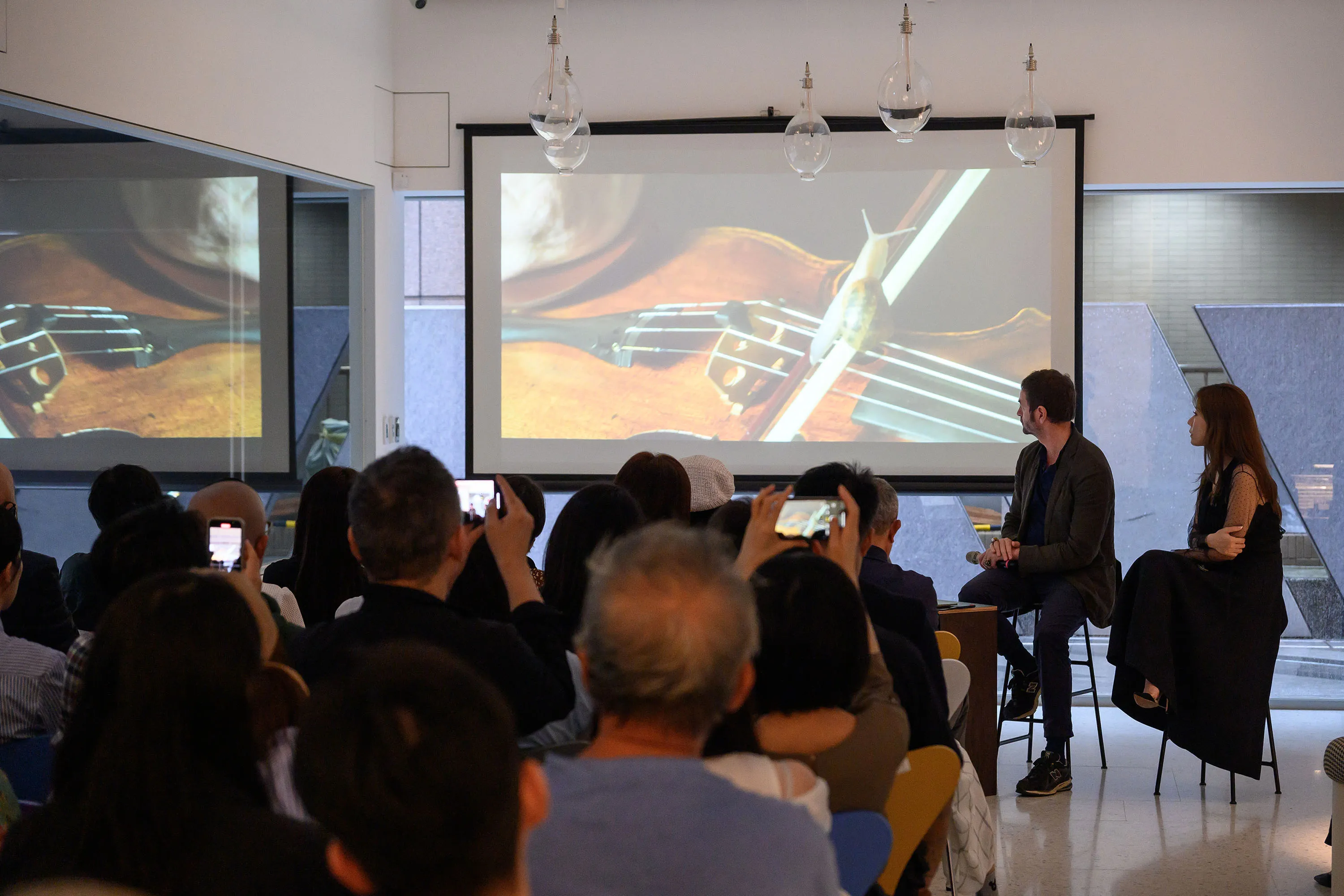
Atelier Talk | Crossing Gender Boundaries — Nan Goldin’s Photography from a Queer Cultural Perspective
Speakers
Wen Liu, Social Psychologist
Locations
Winsing Art Place (1/F. 6, Lane 10, Lane 180, Section 6, Minquan East Road, Neihu District, Taipei City)
Fees
$350 (including bookstore entrance fee, one drink)
Ages
Unrestricted
Introduction
In today’s era, where gender issues are widely discussed, the LGBTQ+ rights movement has traversed many pivotal moments throughout history. The 1960s “Stonewall Riots” in New York are regarded as a crucial milestone in the resistance of LGBTQ+ and transgender communities against societal norms, leading to the establishment and organization of numerous advocacy groups and marches. American contemporary photographer Nan Goldin lived through this turbulent and transformative period. She once said, “My desire is to preserve the perception of people’s lives, to give the power and beauty I see in them.” Beginning in the early 1970s, Goldin photographed the transgender community in Boston in a series of black-and-white images, marking the start of her artistic journey. Her work captured people within the post-Stonewall LGBTQ+ cultural context, portraying drag queens, intimate same-sex and heterosexual couples, and exploring themes such as drug use, AIDS, and sexuality.
Winsing Arts Foundation is honored to invite Wen Liu, a social psychologist who lived in the United States for many years, to discuss the history and development of queer culture in America. She will explore the life of the East Village underground subculture in 1970s–1980s New York and examine the queer world through Nan Goldin’s photography. Professor Liu will also share his experiences living in New York, discussing, from both academic and social movement perspectives, the queer culture depicted in Goldin’s work, as well as her focus on gender and marginalized communities behind the vivid colors and striking visuals of her images.
Event Recap
“I think she’s a really cool photographer because she captures so many different facets of life. Even roles we consider ordinary—just my circle of friends or friends’ children—she can photograph them in a way that reveals different aspects of life, reflecting what we refer to as the temporality of queer experience.” – Wen Liu
At the beginning of the lecture, Professor Wen Liu mentioned three renowned female photographers in American photography history: Diane Arbus, Cindy Sherman, and Nan Goldin. She connected their shared Jewish heritage to the development of East Coast subcultures and Nan Goldin’s personal upbringing. Drawing from her academic expertise and research, she outlined three key perspectives for understanding Goldin’s work: why her work was so significant in 1980s America, how she expressed queer temporality to imagine non-mainstream concepts of time and the future, and what aspects of New York’s East Village enabled artists to thrive during that period.
From these perspectives, she expanded the discussion to the 1960s onward, covering the queer liberation movement, anti-war activism, the rise of feminism, and various civil rights movements. The global AIDS crisis gradually shaped the queer community, and the characteristics of this underground subculture are reflected in Goldin’s early work. Using works from the Winsing Arts Foundation collection, such as Cookie Laughing, NYC, and other photographs documenting her friends, Professor Liu illustrated the struggles of the queer community during challenging times. From a queer theory standpoint, she referenced Judith Butler’s concept of “gender performativity,” explaining how drag queens and drag kings use performance and costume as survival strategies to demonstrate the constructed nature of gender. She also cited the documentary Paris Is Burning, which depicts the lives of queer youth in New York’s West Village during the 1980s—groups often considered marginalized at the time, yet frequently represented in Goldin’s photography. Finally, the lecture returned to New York’s East Village, examining the development of Lower Manhattan and artistic trends, highlighting Nan Goldin’s photographic style alongside contemporaries such as Keith Haring, Jean-Michel Basquiat, and Diane Arbus. The session concluded by emphasizing how artists of that era used their creative practices to resist and respond to societal challenges.
